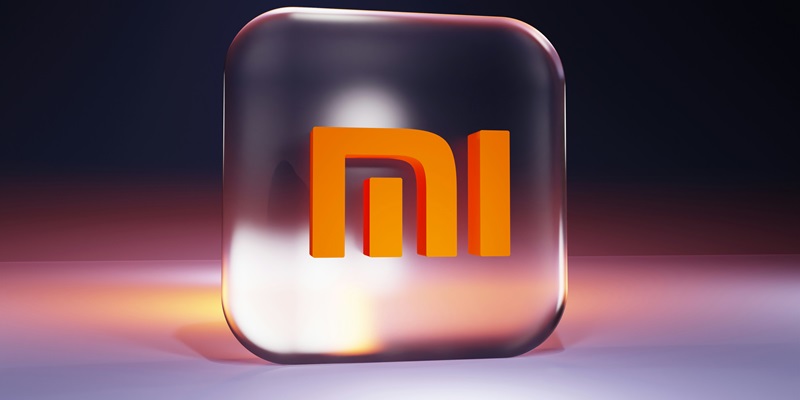Xiaomi, the renowned Chinese electronics manufacturer, appears to be swiftly moving forward with the development of successors to the Redmi Turbo 3, which was released just this April. Recently leaked details suggest that the company is planning to introduce two new models: the Redmi Turbo 4 and the Redmi Turbo 4 Pro. The primary differentiation between these two models appears to lie in their chipsets, with the Turbo 4 expected to feature MediaTek’s Dimensity 8400, while the Turbo 4 Pro may be powered by Qualcomm’s forthcoming Snapdragon 8s Gen 4 chipset. However, Qualcomm’s recent rebranding efforts could result in a different final name for the chipset. Both devices are anticipated to come equipped with 1.5K displays and house battery capacities exceeding 6,000 mAh, promising significant enhancements in performance and battery life.
Enhanced Chipsets and Battery Life
The leaked information from Digital Chat Station suggests that despite the Redmi Turbo 3 being relatively new to the market, Xiaomi is already gearing up to unveil these upgraded models. The strategy behind Xiaomi’s rapid iteration seems clear: to offer consumers enhanced performance and longevity. By differing in their choice of processors, the Redmi Turbo 4 and Turbo 4 Pro present options tailored to varying consumer needs and preferences. The Turbo 4’s MediaTek Dimensity 8400 is likely positioned to offer robust performance suited for everyday users, while the high-end Snapdragon 8s Gen 4 in the Turbo 4 Pro is expected to attract enthusiasts looking for cutting-edge performance. Additionally, the 1.5K displays promise improved visual experiences, while the substantial battery capacities aim to keep users powered throughout the day.
Strategic Global Branding
Xiaomi’s strategy, as detailed in reports, includes a notable focus on rebranding its devices for international markets. For instance, the Redmi Turbo 3 is sold outside China as the Poco F6. This approach is anticipated for the upcoming Redmi Turbo 4 series, although the specific international names are still unknown. This rebranding is a key part of Xiaomi’s global branding strategy, allowing the company to position its products uniquely across various markets. Xiaomi’s ongoing commitment to innovation, rapid development, and tailored marketing highlights a consistent theme. The upgrades in chipset technology and battery capacity are crucial for maintaining Xiaomi’s competitive edge, ensuring their products meet and exceed global consumer expectations.
The Redmi Turbo 4 and Turbo 4 Pro releases are expected to further focus on performance and battery life improvements through new chipsets and larger batteries. While marketed under different names abroad, these technological enhancements aim to solidify Xiaomi’s global market presence. Xiaomi’s strategy of continuous innovation and rebranding positions the company to potentially surpass its predecessors, keeping consumers and industry observers eagerly awaiting the next developments from this tech giant.

